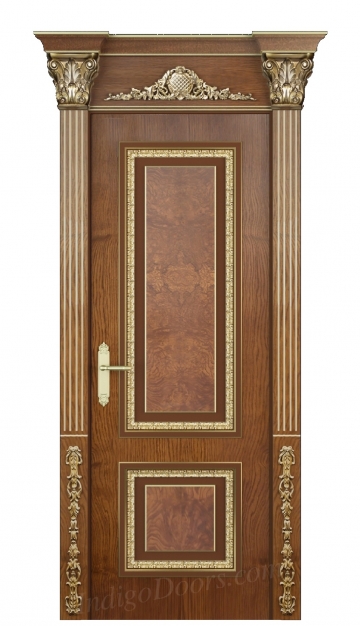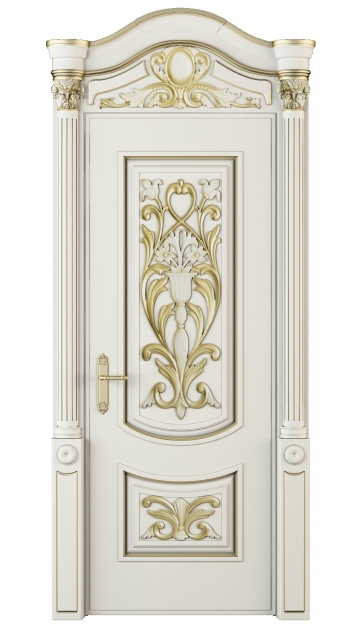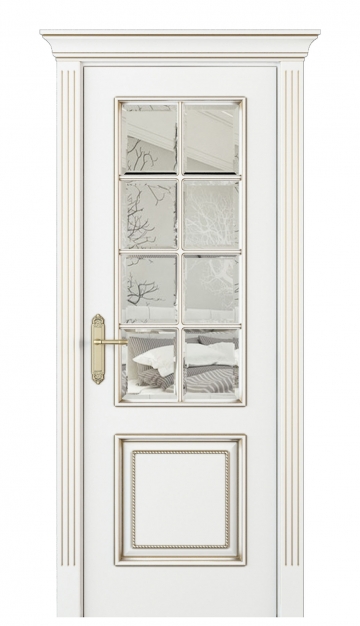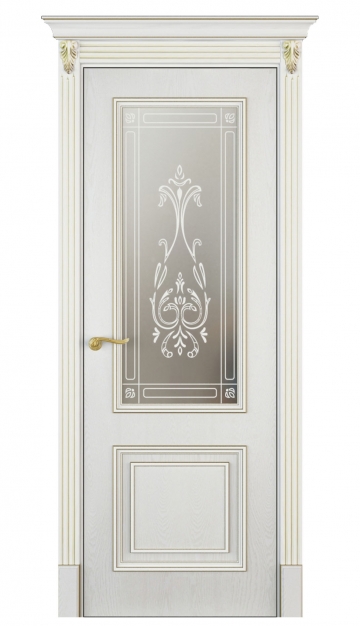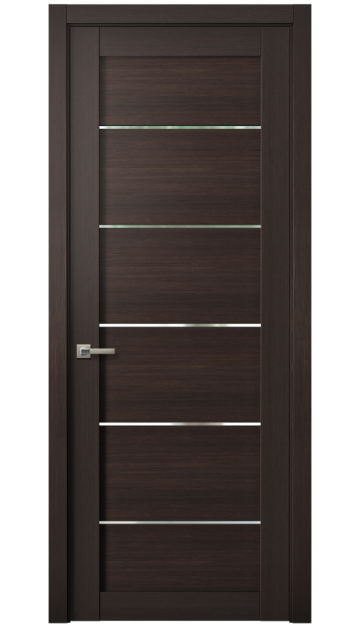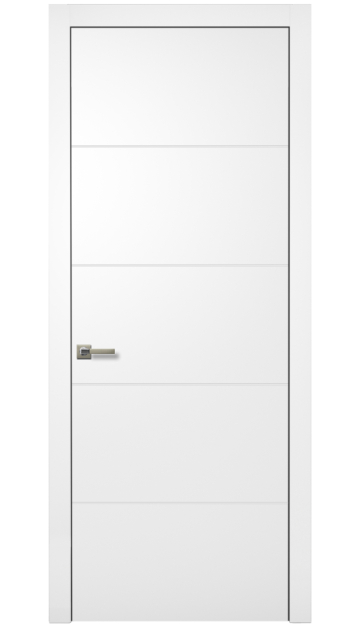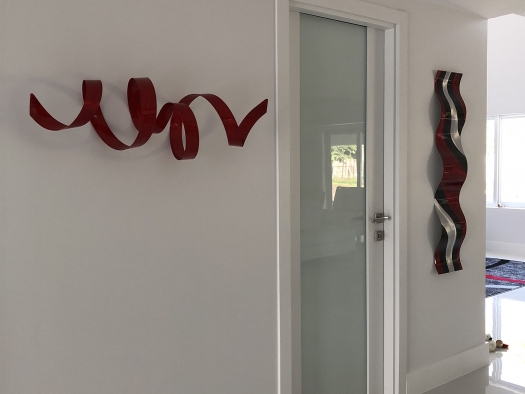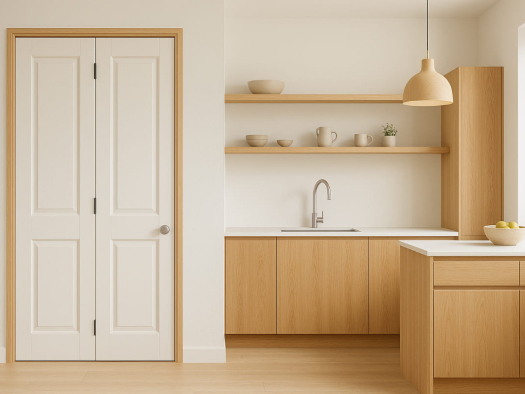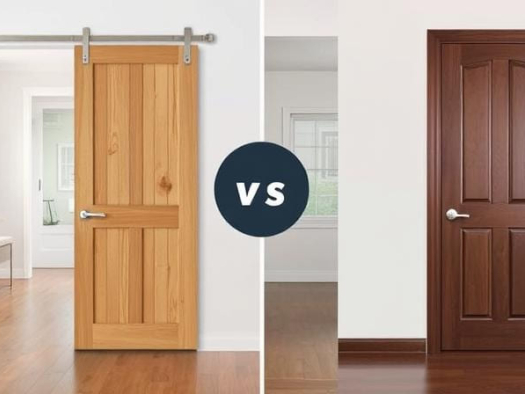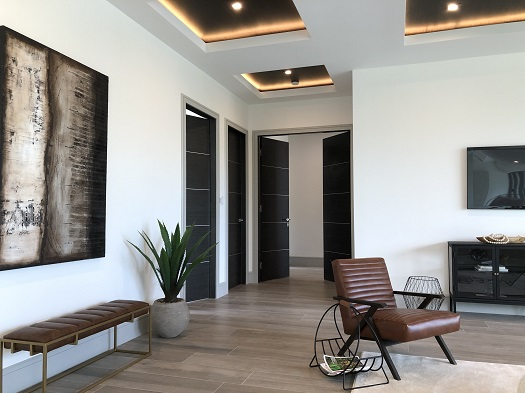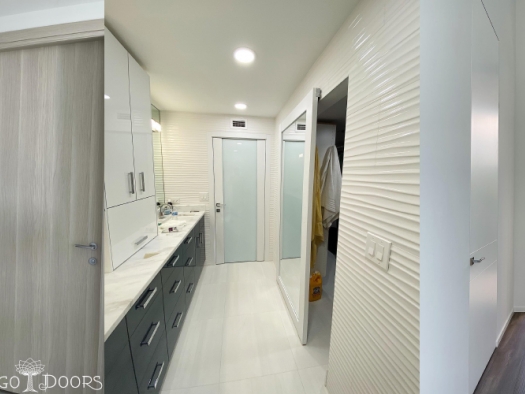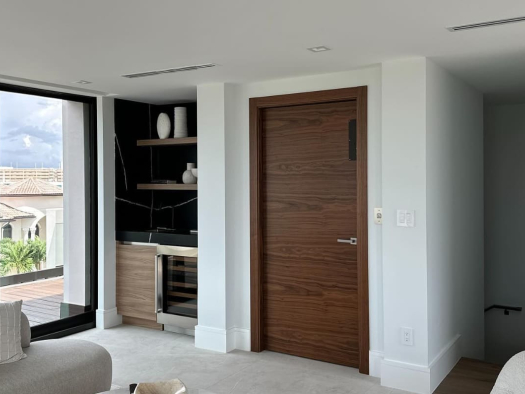- Ancient Origins: The First Interior Doors in Human Civilization
- Medieval and Renaissance Era: The Rise of Decorative Doors
- The Industrial Revolution and Mass Production of Interior Doors
- 20th Century: The Transition to Modern Interior Doors
- The Rise of Contemporary Interior Door Styles
- Technological Advancements in Interior Doors
- Comparing Traditional vs. Modern Interior Doors
- Choosing the Right Interior Doors for Your Home
- The Future of Interior Doors
Interior doors have played a crucial role in architecture and home design for centuries. Beyond their basic function of dividing spaces, they contribute to the aesthetic appeal, privacy, and security of a home. Over time, doors have evolved from simple wooden slabs to intricate, technologically advanced design elements that reflect cultural and artistic trends.
Understanding the history of interior doors helps homeowners and designers appreciate the craftsmanship behind different styles and materials. From ancient civilizations to modern smart doors, each era has contributed unique innovations that have shaped the way we perceive and use interior doors today.
This article explores the journey of interior doors, tracing their evolution from the earliest designs to contemporary trends. Whether you prefer classic wooden doors or sleek, frameless options, the story behind their transformation is both fascinating and inspiring.
Ancient Origins: The First Interior Doors in Human Civilization
The earliest known doors date back to ancient Egypt, where they were primarily made of wood and used to separate rooms in palaces and temples. Egyptian doors were often adorned with intricate carvings and hieroglyphics, symbolizing power and protection.
In ancient Greece and Rome, interior doors became more advanced, featuring hinges and decorative elements. Wealthy Roman households used heavy wooden doors with bronze fittings, while public buildings incorporated massive double doors made of stone or metal. These civilizations also introduced folding and sliding door mechanisms, which allowed for greater flexibility in space usage.
During this period, doors were not just functional elements but also status symbols. The materials and craftsmanship used in their construction reflected the owner’s social standing, with the most ornate doors found in the homes of aristocrats and rulers.
Medieval and Renaissance Era: The Rise of Decorative Doors
The medieval period saw the emergence of solid wooden doors reinforced with iron hardware. These doors were thick and heavy, designed primarily for security and insulation. Castles and monasteries featured large, arched doors with intricate metalwork, showcasing the skills of blacksmiths and woodworkers.
During the Renaissance, interior doors became more refined and decorative. Inspired by classical architecture, designers incorporated paneling, carvings, and ornamental moldings. This era also introduced the concept of double doors for grand entrances, a style that remains popular in modern homes.
Wood species such as oak, walnut, and mahogany became common in door construction, each adding a unique texture and durability. Doors were often hand-painted or inlaid with precious materials, making them both functional and artistic elements of interior spaces.
The Industrial Revolution and Mass Production of Interior Doors
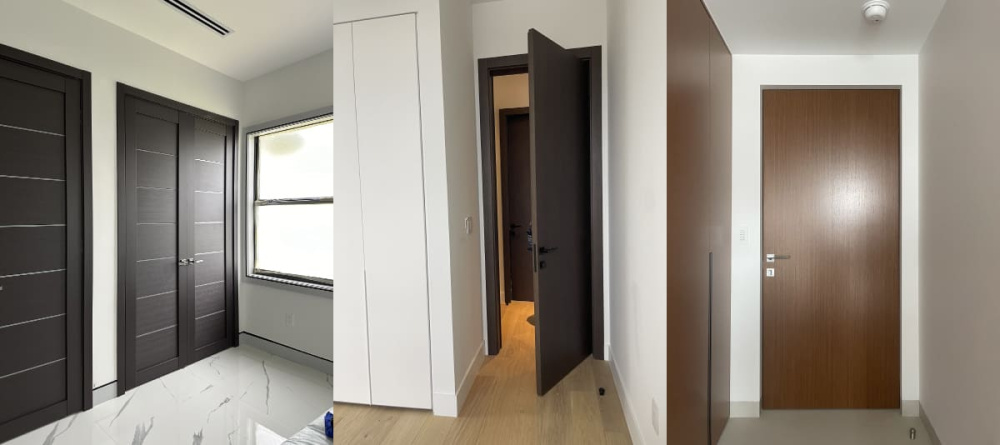
The 18th and 19th centuries marked a significant shift in door manufacturing. With the advent of industrialization, mass production techniques replaced traditional handcrafting, making doors more affordable and accessible. Factories began producing standardized panel doors, which featured recessed sections for added visual appeal.
Advancements in machinery allowed for intricate detailing and uniform construction. This era also introduced engineered wood products, which offered an alternative to solid hardwood doors. Veneered doors became popular due to their cost-effectiveness and ability to mimic the appearance of expensive wood.
As urbanization grew, the demand for interior doors increased, leading to new styles and finishes. Pocket doors and French doors emerged during this period, offering homeowners more flexibility in room design.
20th Century: The Transition to Modern Interior Doors
The early 20th century saw the rise of Art Deco and Mid-Century Modern styles, which influenced door design significantly. Smooth surfaces, geometric patterns, and minimalist aesthetics became defining features of modern interior doors.
Materials such as glass and steel started to replace traditional wood, offering a sleek, contemporary look. Sliding doors gained popularity in compact urban apartments, maximizing space efficiency without sacrificing style.
By the mid-century, flush doors—simple, unembellished panels—became a staple in modernist architecture. Their clean lines and functional appeal resonated with the growing preference for minimalist interiors.
The Rise of Contemporary Interior Door Styles
The 21st century has brought even more diversity to interior door designs. Homeowners now have a vast array of choices, from barn doors to frameless glass doors. Hidden (invisible) doors, which seamlessly blend into walls, are becoming increasingly popular in modern homes.
Customization has also become a key trend, with doors available in various colors, finishes, and materials. High-gloss lacquer, textured laminates, and matte finishes cater to different design preferences.
Moreover, contemporary doors prioritize functionality. Space-saving options such as bi-fold, pivot, and rotating doors have revolutionized interior layouts, allowing for more creative and efficient home designs.
Technological Advancements in Interior Doors
The integration of technology into interior doors has significantly expanded their functionality, offering both aesthetic appeal and enhanced convenience.
Key technological innovations include:
- Smart doors – equipped with digital locks and keyless entry systems, improving security and ease of use.
- Soundproofing technology – modern doors are highly effective at reducing noise transmission, making them ideal for offices, apartments, and home theaters.
- Eco-friendly materials – manufacturers are increasingly using recycled wood, non-toxic adhesives, and energy-efficient insulation to promote sustainability.
Comparing Traditional vs. Modern Interior Doors
When selecting interior doors, it's essential to compare the features of traditional and modern designs to determine the best fit for your home.
Traditional doors:
- Typically made of solid wood, offering timeless elegance and durability.
- Ideal for classic interiors and historic homes, adding warmth and character.
- Require more maintenance compared to modern alternatives.
Modern doors:
- Prioritize efficiency and aesthetics, often using materials like MDF, glass, and aluminum.
- Feature sleek, contemporary designs that complement modern interiors.
- May include innovative opening mechanisms to optimize space utilization.
When deciding between traditional and modern doors, homeowners should consider factors such as durability, maintenance needs, and overall compatibility with their interior style.
Choosing the Right Interior Doors for Your Home
Selecting the perfect interior doors involves more than just aesthetics. Homeowners should consider factors such as space constraints, sound insulation, and material quality.
For open floor plans, sliding or pocket doors offer excellent versatility. For bedrooms and bathrooms, solid-core doors provide enhanced privacy and noise reduction.
Matching doors with flooring, wall colors, and furniture helps create a cohesive design. Consulting with an interior designer or door specialist can ensure the best choice for both function and style.
The Future of Interior Doors
As design trends continue to evolve, the future of interior doors promises even more innovation. Smart technology, sustainable materials, and multifunctional designs will likely dominate the market in the coming years.
Whether embracing tradition or modernity, interior doors remain a vital part of home design. Understanding their history and evolution helps homeowners make informed decisions that enhance both functionality and aesthetic appeal.
At Indigo Doors, we offer a wide selection of high-quality interior doors that blend timeless craftsmanship with modern innovation. Explore our collection and find the perfect doors for your home today!

